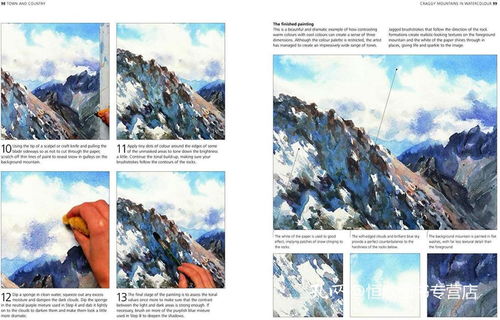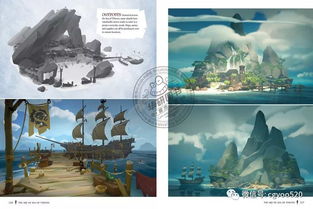Introduction: Capturing the essence of a child's fishing adventure is not just about freezing time but about capturing the pure joy and wonder in their eyes. Whether you're a parent, a grandparent, or a professional photographer, knowing the right photography tips can make all the difference in creating timeless memories. Here's a comprehensive guide on how to snap perfect photographs of children fishing.
Choose the Right Equipment: Before you start clicking away, ensure you have the right gear. A DSLR or a high-quality mirrorless camera with a good zoom lens is ideal for capturing distant subjects like fish. If you're planning to get close to the water, consider a camera with a waterproof case or a rugged, weatherproof camera.
Plan Your Shooting Time: The best time to take photos is during the golden hours—right after sunrise or before sunset. The soft, natural light will help you capture more vibrant colors and create a magical atmosphere. Additionally, the early morning or late afternoon can provide interesting shadows and reflections on the water's surface.
Get Down to Their Level: To capture the true perspective of a child's fishing experience, crouch or sit down at their level. This will make your photos more engaging and personal, as you'll be able to see the world through their eyes.

Use a Slow Shutter Speed: To capture the serene beauty of the fishing scene, use a slow shutter speed, especially when there's a gentle breeze or ripples on the water. This will create a silky effect on the water, making the images more dreamy and peaceful.
Capture the Reactions: One of the most important aspects of a child's fishing experience is their reactions. Whether they're excited, frustrated, or in awe of their first catch, capturing these moments will make your photos more dynamic and emotional.
Play with Reflections: Water is a great subject for reflections, and they can add a unique touch to your photographs. Look for opportunities to capture the child's reflection in the water, or play with the shadows of trees or clouds on the surface.
Use a Polarizing Filter: A polarizing filter can enhance the color of the sky and reduce glare on the water. This will help you capture more vibrant images and make the blue of the sky pop, especially during golden hour.
Keep an Eye on the Background: The background can significantly impact the story of your photo. Look for natural frames, such as trees, rocks, or other elements that can add depth and interest to your image. Avoid cluttered backgrounds that might distract from the subject.
Experiment with Composition: Use the rule of thirds to compose your shots. This guideline suggests dividing your frame into nine equal parts, and placing the subject at the intersections of these lines. This technique can create more balanced and interesting photographs.
Capture the Details: Don't forget to capture the small details that make the fishing experience special. This could be the child's fishing rod, the flies they're using, or the bait they're putting on the hook. These details can add context and authenticity to your photos.
Be Patient and Observant: Photography is a waiting game. Be patient and observe the environment for interesting moments. Sometimes, the best shots come from the most unexpected places.
Engage with the Child: If the child is comfortable, engage with them during the shoot. Ask them questions, make a joke, or encourage them to share their thoughts about the fishing experience. This can help them relax and be more natural in front of the camera.
Post-Processing: Once you've captured your photos, don't forget to process them. A little bit of editing can enhance the colors, contrast, and clarity of your images. However, be careful not to overdo it, as this can take away from the natural beauty of the scene.
Conclusion: Photographing children fishing is a rewarding experience that can yield some of the most precious memories. By following these photography tips, you can capture the joy, wonder, and the unique moments that make these fishing adventures so special. Remember, the best photos are those that tell a story and evoke emotions, so keep an eye out for those magical moments and let your camera do the rest.












